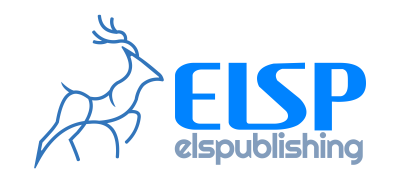Catalytic applications of 2D materials aided by machine learning
- Volume
- CitationQi C, Wang W, Lv K, Li D, Liu Y, et al. Catalytic applications of 2D materials aided by machine learning. AI Mater. 2025(2):0014, https://doi.org/10.55092/aimat20250014.
- DOI10.55092/aimat20250014
- CopyrightCopyright2025 by the authors. Published by ELSP.
One of the primary goals and challenges in catalytic applications is the identification of highly efficient catalysts. Traditionally, this issue has been addressed through experimental “trial-and-error” approaches and theoretical first-principles calculations. However, both methods are time-consuming and costly. In this context, Machine Learning (ML) has emerged as a crucial tool in the investigation of various material applications. In this review, we focus on the latest research progress of various ML techniques in the catalytic applications of two-dimensional (2D) materials. First, we provide a detailed overview of the three main ML paradigms: supervised learning, semi-supervised learning, and unsupervised learning. Following this, their applications in the context of 2D material studies are systematically discussed. The discussion then delineates the ML workflow applied to 2D materials research, outlining key catalytic descriptors such as those based on experimental data and theoretical predictions. Finally, the article summarizes the research progress of ML-assisted 2D materials in different electrocatalytic reactions, emphasizing the importance of ML in accelerating the screen of 2D catalytic materials, understanding catalytic mechanisms, and guiding catalyst design.
2D materials; machine learning; descriptors; electrocatalytic reactions

 X
X Facebook
Facebook LinkedIn
LinkedIn Reddit
Reddit Bluesky
Bluesky